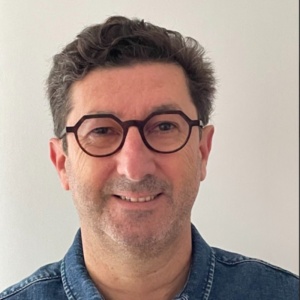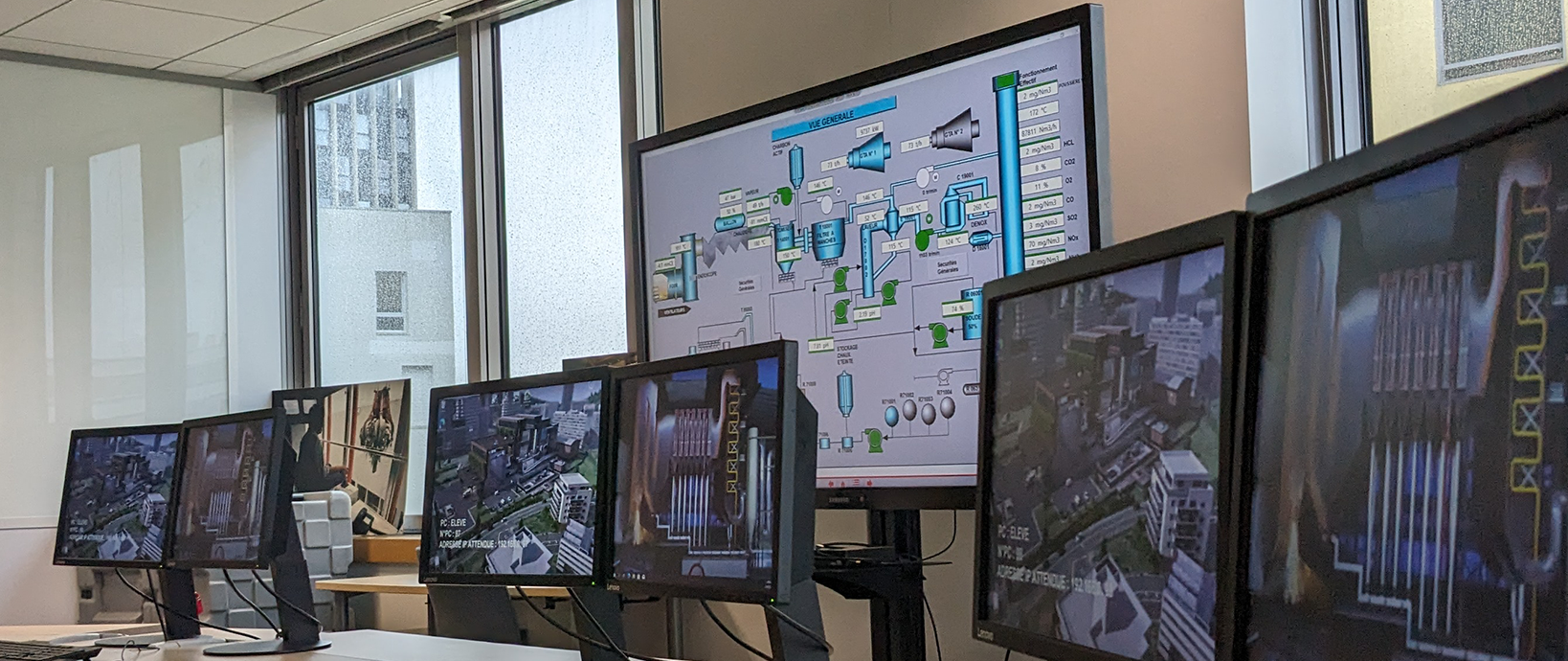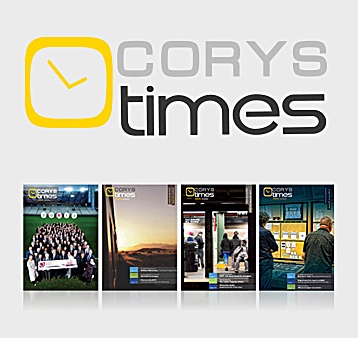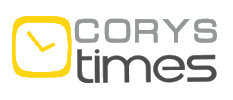The Campus Veolia simulator has just undergone a major upgrade involving migration to INDISS Plus, the creation of a model of a hazardous waste furnace, and a Cloud interface. The aim is to facilitate and improve training for waste incineration plant staff.
Commissioning of the simulator in 2002 helped structure our people’s training track and standardise job practices; it also helped us pass on knowledge and ensure it remained current. Twenty years later, we’re still reaping the benefits of this resource!

Christophe Lebreton
Campus Veolia Training Manager
Christophe Le Breton heads up the Sorting and Energy from Waste (EfW) department of Campus Veolia, the group’s training body. He spent 18 months working with CORYS to coordinate an upgrade project completed in early 2024.
The model has undergone major changes as a result, and Cloud deployment is currently being finalised.
A more user-friendly instructor viewer console
The first change is the migration to INDISS Plus. As well as helping to secure maintenance in the coming years and allow training sequences to be replayed, this was an opportunity to carry out a big ‘spring clean’ in computer terms involving cleanup, upgrades, ironing out bugs, and deleting some 70 exercises that were rarely if ever used.
We created a lot of exercises in the enthusiasm of the early years, and it was high time for us to sort through them.
The instructor viewer console has been made more user-friendly, in particular with the addition of an option allowing evaluation scenarios to be designed. These will be made available to all types of user, both on the Campus and, since the simulator can be transported, on industrial sites for semi-skilled workers, supervisors, engineers, and those undergoing apprenticeship or initial training and refresher courses.
The simulator is a vital companion during mentoring
Mentoring is still at the heart of our training,” explains Christophe Le Breton. “Old hands teach newcomers the basics, performance goals, details of legislation, and so on. The simulator is a vital companion during mentoring, enabling trainees to understand and practice process management, identify anomalies and respond appropriately in the event of an emergency. First-time operators spend no fewer than 11 days on the simulator.
In France, Veolia’s recycling and EfW business mostly concerns household and industrial waste. The Group has 40 EfW incinerators producing heat or electricity with capacities ranging from 50,000 to 400,000 tonnes per year. The simulator reproduces the processes in question, with a furnace and boiler model and three smoke treatment models.
The difficulties of modelling hazardous waste processes
In parallel, there has been significant growth in recent years in the incineration of hazardous industrial waste, managed by SARPI VEOLIA. The waste, which may be solid, liquid or semi-solid and has a high concentration of toxic pollutants, is processed in rotary furnaces heated to 1,200°C. Each batch is different and must be validated on a case-by-case basis by chemists on site to ensure no risks are being taken.
We currently have five facilities of this type in France and a model for them was long overdue,” explains Christophe Le Breton. “We’ve also devised around fifteen exercises.
Training content can be translated from French to other languages. Ultimately, the Cloud will be a means of exporting the content without needing to cross a physical border – a development that’s eagerly awaited in many countries in which VEOLIA operates. The first application to be envisaged?
Enabling our people to train on their own, whenever they wish and wherever they are.





